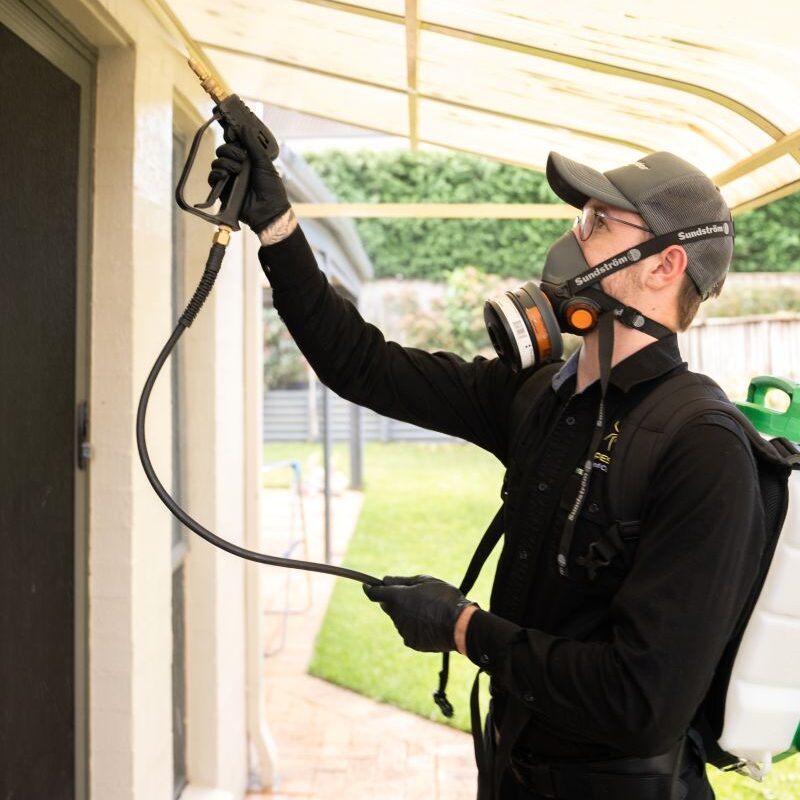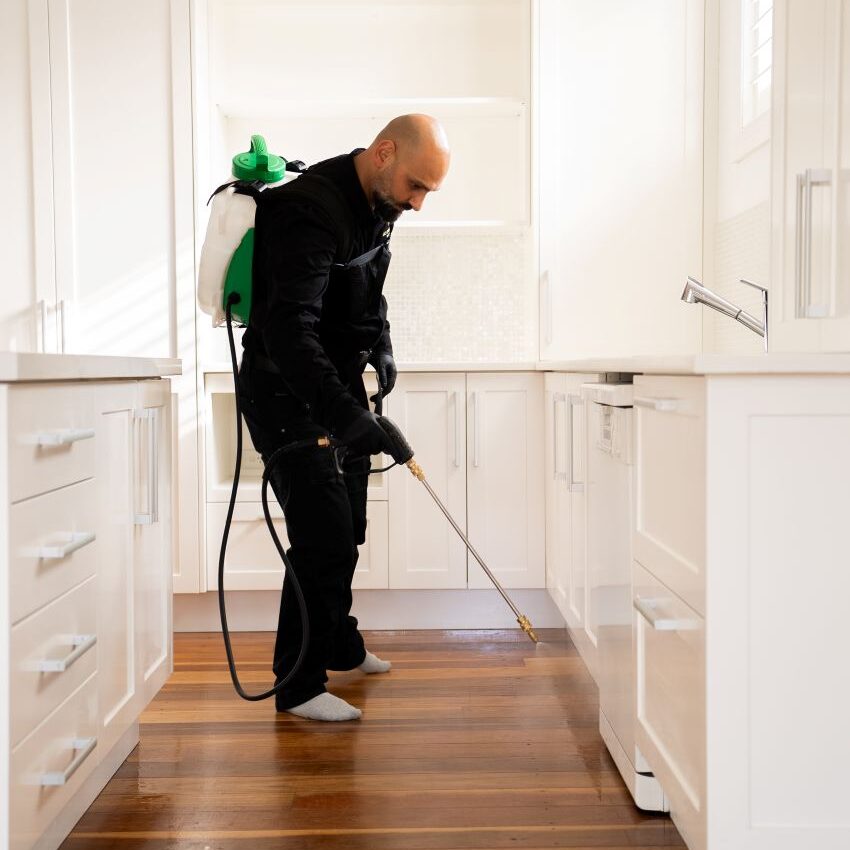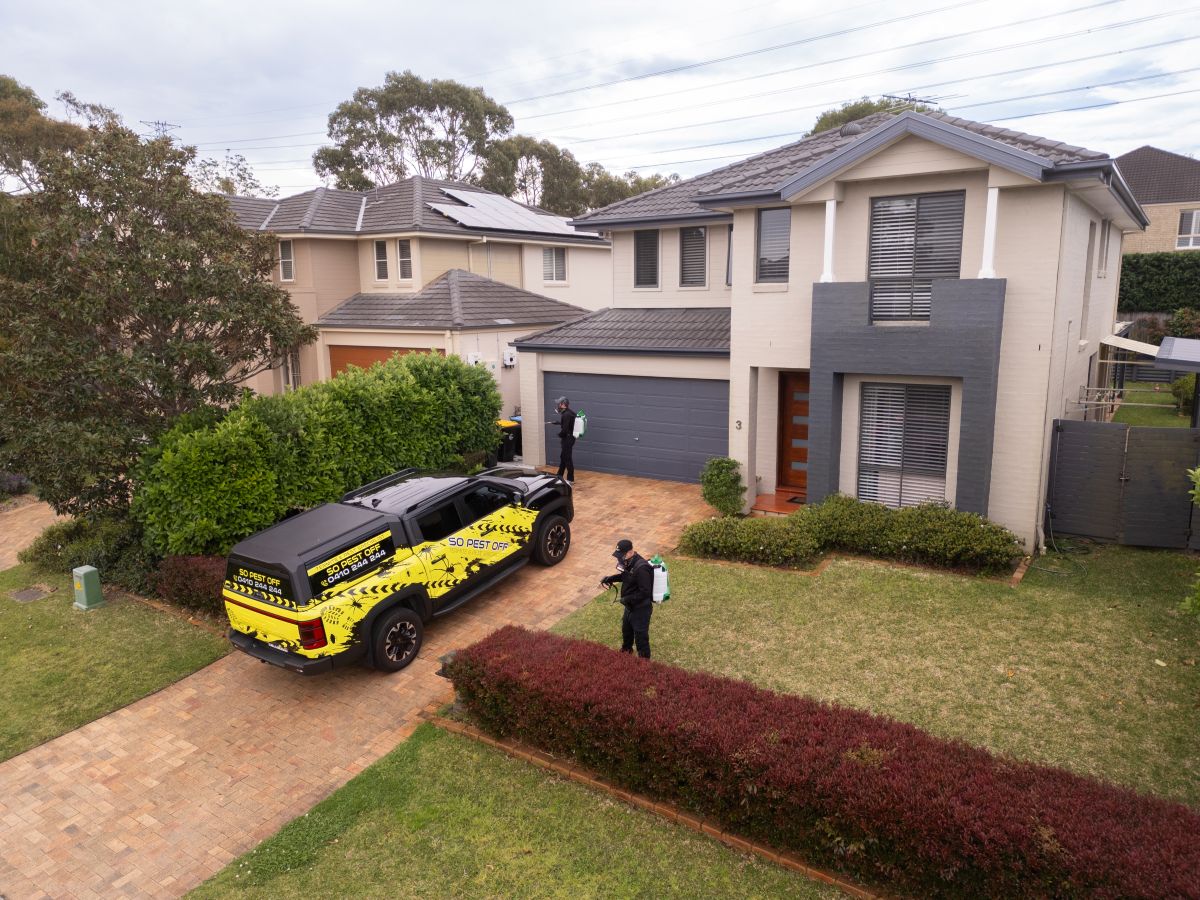For many years, roof dusting was a widely used technique in general pest control practices for homes across Sydney. It was commonly seen as the most effective method for eradicating cockroaches, spiders, and a variety of other insects that often seek refuge within ceiling spaces. However, as time has advanced, both pest control professionals and safety regulators have acknowledged that this approach can introduce unnecessary hazards, particularly in today’s homes that are well-sealed and insulated. This evolution in building standards renders roof dusting less appropriate for modern pest management practices.
At So Pest Off, we have adopted a more intelligent, secure, and effective approach to pest control. This article will explore the reasons why roof dusting is no longer a standard method in most pest management protocols and will highlight the specific scenarios where it may still be relevant.

Understanding Roof Dusting: An Overview of This Pest Control Technique
Roof dusting is the process of applying a fine insecticidal powder, most commonly permethrin dust, directly into the roof cavity of a structure. The goal is for this dust to settle on various surfaces within the cavity and effectively target pests such as cockroaches, ants, and spiders that may be concealed in the ceiling void. In older homes with open ceiling gaps and minimal insulation, roof dusting was exceptionally effective. However, with advancements in construction techniques that include insulation batts, ducted air conditioning, and downlights, this method has become increasingly unsafe and largely unnecessary.
Recognizing the Risks: Reasons to Avoid General Roof Dusting
Despite its past effectiveness, permethrin dust is not always safe for indoor use. Here’s an in-depth look at the reasons for caution:
1. How Does Dust Escape from the Roof into Living Areas?
When dust is introduced into a roof cavity, there is no guarantee that it will stay confined to that space. Fine particles can easily travel down through downlights, air-conditioning vents, exhaust fans, and ceiling cracks, eventually settling in bedrooms and other living spaces. This situation raises serious concerns, particularly for households with children, individuals with asthma, or those who suffer from allergies. These particles pose a risk as they can be inhaled or settle on furniture and surfaces, potentially resulting in various health complications.
2. What Contaminants Are Common in Roof Cavities?
Ceiling voids often harbor a range of contaminants, including old insulation fibers, dust particles, bird droppings, and rodent waste. When a pest control technician applies dust, these materials can become airborne and spread throughout your home via ventilation and ceiling openings. For example, activating your air conditioning system after a roof dusting treatment can push these disturbed particles into your living areas, further compromising your indoor environment.
3. Evaluating the Effectiveness of Roof Dusting on Target Pests
In modern residences, many common pests such as cockroaches and ants typically do not inhabit roof cavities. Instead, these pests favor nesting in wall cavities, kitchens, and subfloor areas, which can be more effectively treated through methods like external wall dusting or baiting. Consequently, roof dusting often introduces unnecessary risk without significantly improving pest control results.

Discover Our Advanced and Safer Pest Control Techniques
At So Pest Off, we have revamped our pest control strategy to prioritize your family’s well-being and home safety. Instead of introducing dust directly into the roof cavity, we utilize a targeted external application method that is both effective and safe.
- We dust through weep holes and wall cavities, specifically targeting areas where cockroaches, ants, and spiders typically reside.
- We combine dusting with gel baiting and barrier sprays, effectively eliminating pests at all life stages.
- We significantly minimize airborne dust exposure, thereby protecting your air quality and overall home environment.
This innovative methodology not only keeps your living areas cleaner but also achieves superior pest control results because it specifically targets pests in their natural habitats, rather than treating areas where they might infrequently venture.
Identifying Situations Where Roof Dusting Remains Relevant
There are a few exceptional cases in which roof dusting still presents itself as the most suitable option. These scenarios are rare and are executed with strict safety protocols:
- Severe infestations: This includes substantial populations of cockroaches or bird mites following a nesting situation.
- No accessible wall access points: In certain older homes, wall cavities may be inaccessible from the exterior.
- Minimal ceiling penetrations: If the ceiling lacks vents, downlights, or fans, the risk of dust infiltrating the home is significantly reduced.
In these specific situations, our technicians may carry out a controlled roof dusting treatment, using protective equipment and applying only the minimum effective amount of dust. We will always explain the entire process and safety measures with you beforehand, ensuring complete transparency and peace of mind.
Ensuring Your Home’s Air Quality Remains Uncompromised
Roof dusting extends beyond mere pest control; it has a significant influence on indoor air safety. When your ceiling cavity is disturbed, fine dust and insecticidal particles can infiltrate your air conditioning system or descend through vents. Over time, these particles can disperse through ducts, settle on furniture, and even contaminate the air you breathe.
By avoiding unnecessary roof dusting, we actively safeguard your air quality while still providing effective pest control solutions that prioritize your family’s health and well-being.

Establishing a New Standard for Pest Control Practices in Sydney
So Pest Off’s strategies comply with the guidelines established by the Australian Environmental Pest Managers Association (AEPMA), emphasizing low-toxicity, targeted pest management techniques. We employ:
- Precision dusting through weep holes, ensuring targeted application.
- Gel baiting specifically formulated for cockroaches and ants, maximizing effectiveness.
- Surface sprays for external barriers, providing comprehensive protection.
This integrated approach guarantees long-lasting protection without compromising your family’s safety or comfort, ensuring you and your loved ones enjoy a healthier living environment.
The Essential Insights on Roof Dusting and Contemporary Pest Control
While roof dusting may have been standard in pest control practices in the past, our understanding has progressed significantly. Modern pest control prioritizes safety, precision, and targeting pests where they are most likely to be found, rather than inundating your home with harmful chemicals.
At So Pest Off, we only consider roof dusting when absolutely necessary and always under controlled conditions. For the majority of residences, external wall dusting and barrier treatments provide superior protection with considerably less risk involved.
If you are uncertain whether your property requires roof dusting, our licensed technicians are prepared to conduct a comprehensive inspection and offer recommendations for the safest and most effective pest control solutions tailored to your specific needs.
Contact us today to schedule an inspection or inquire about our extensive pest control packages designed for homes and businesses in Sydney.
The Article: Roof Dusting Pest Control: Understanding Its Infrequency first appeared on https://writebuff.com
The Article Roof Dusting Pest Control: Why It’s Rarely Needed Was Found On https://limitsofstrategy.com

